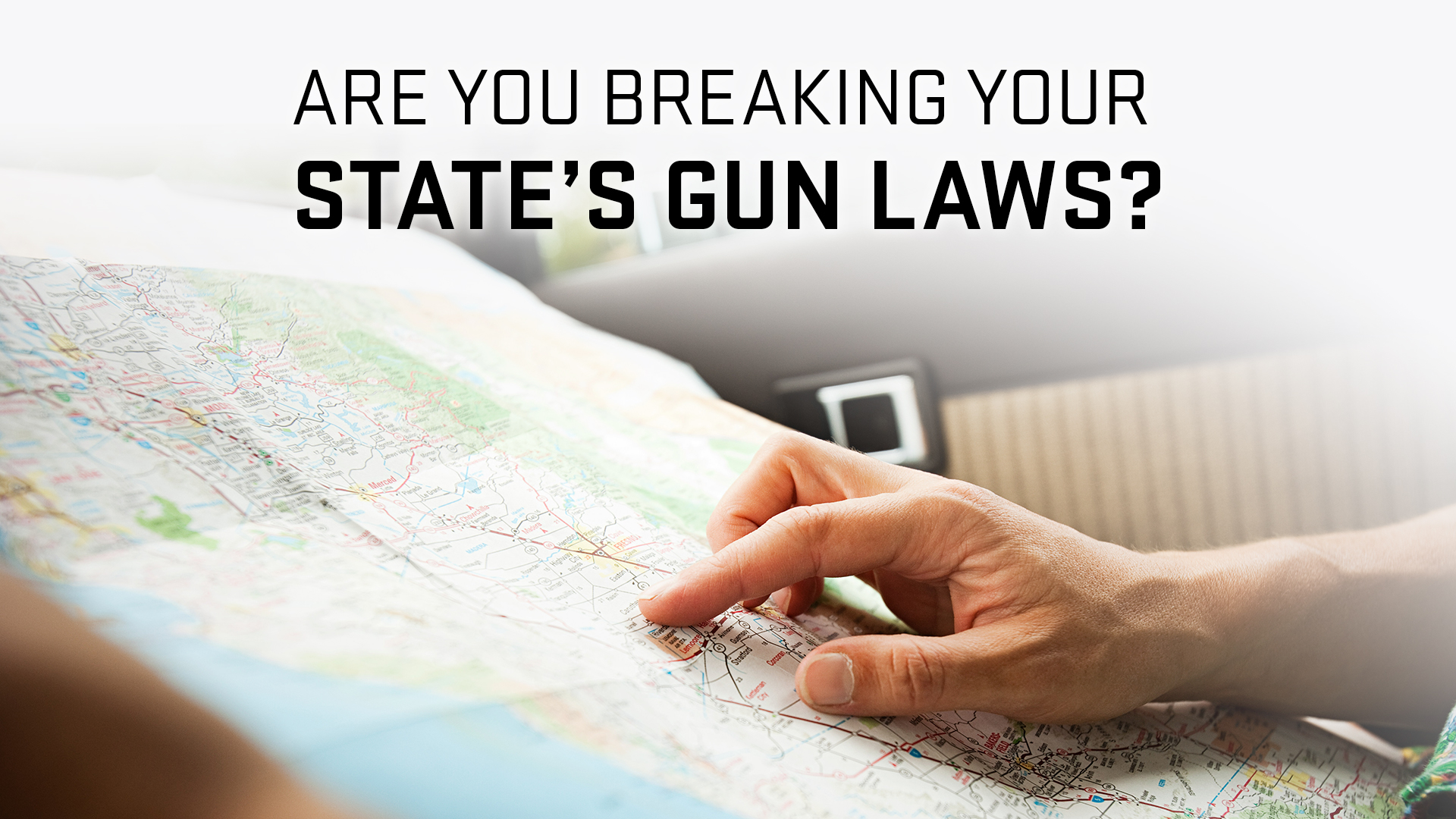July 13th 2023This article was among the top ten most read Daily Bulletin features over the past year. Today, we’re re-running it for those who missed it the first. The diagram above is from a TiborasurasRex Youtube Video comparing G1 BC models and G7 BC. CLICK HERE to view the video. The better, more recent ballistics programs allow you to select either G1 Ballistic Coefficient (BC), or G7 Ballistic Coefficient values when calculating a trajectories. The ballistic coefficient of a body measures its ability to overcome the air resistance during flight. You’ve probably noticed that G7 values for the same bullet are numerically lower (typically). It doesn’t necessarily mean that you should choose a G1 model just because it is higher. Some readers aren’t sure what the difference is between G1 models and G7 models. One forum member wrote to us: “I went to the JBM Ballistics web-based trajectory calculator to use it, but when I got to the section where you can choose between G1 or G7 BC I was stumped. What determines which one or how to use it? The G1 value is better for shorter, flat-based bullets. The G7 value is better for longer, boattail bullets.G1 and G7 are both aerodynamic drag models that are based on “standard projectile” shapes. The G1 looks like a bullet with a flat base. The G7 shape, on the other hand, is quite different and more closely approximates a modern long range bullet. When choosing your drag model, the G1 is preferred for flat-based, flat-tailed bullets. The G7 is “better suited” for longer, boat-tailed, long-range bullets.
Many ballistics programs offer only the G1 drag model as a default. Bryan Litz, the author of Applied Ballistics for Long Range Shooting believes that the G7 standard would be preferable for low-drag, long-range bullets. “Part of why there is so much slop in advertised BCs, is because they are referenced to G1 standard, which is very sensitive to speed. The G7 standard is better for bullets that are used at long ranges. You can compare the G1 and G7 ballistic coefficients by comparing the results of two low-drag long-range boat tail bullets.
Berger 180 VLD: 0.659 lb/in?
JLK 180: 0.640 lb/in?The BC for the JLK was lower because the meplat on the particular lot I tested was larger (0.075? The BC for the JLK is lower because of the meplat, which was much larger in my particular lot (0.075? It’s better to use the G7 standards for bullets such as these. The following BCs refer to the G7 standard and are constant at all speeds.
Berger 180 VLD: 0.337 lb/in?
JLK 180: 0.330lb/in?Many ballistics programs today, including the free JBM Ballistics Program online, can use BCs that are referenced to G7 Standards. Bryan says that these BCs are better suited for long-range bullets when they are available. [Editor’s NOTE – BCs are usually reported as a 0.XXX. The lb/in tag is applicable to all BCs, but is commonly left off for simplicity. The lb/in?tag applies to all BCs but is often left off out of simplicity.]
Tags: G7, G7 Model. Long-Range. Trajectory.

















